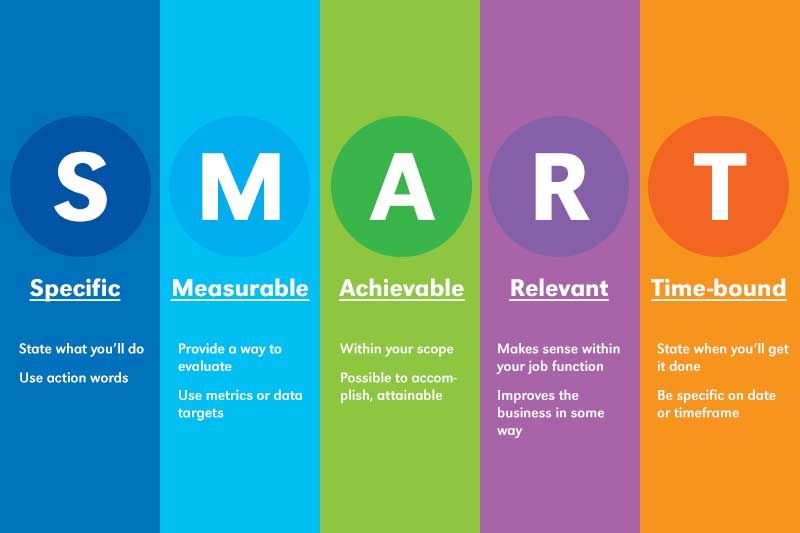
Digital Workflow
What is digital workflow? The Agency for Healthcare Resources and Quality has identified workflow in general as:
the sequence of physical and mental tasks performed by various people within and between work environments. It can occur at several levels (individually, between people, or across organizations) and can occur sequentially or simultaneously.
Digital workflow is the management of those sequences and tasks electronically or digitally.
There are many types of workflow appropriate for digitization. Here are some of the more common ones you to consider:
- Approvals for Patient Admission/Discharge.
- Health Care Directives and Power of Attorney Appointment
- Medication Allocation and Reconciliation
- Patient Surveys
- Patient Orders and Protocols
- Medical Documentation and Evidence
- Regulatory Compliance
Approvals for Patient Admission and/or Discharge
Every single time you admit or discharge a patient from your care, you are required to follow the same basic protocols, obtain the same orders, get the same signatures and provide the same discharge information. Digitizing this information would allow you to receive the orders, obtain all necessary signatures, identify and digitally provide all discharge information and provide everything to your patient with much less waiting around. With electronic signature capability, a copy of the document can be sent to all necessary members. Each signs the document electronically and you can see, at a glance, what signatures you are waiting on at any given time.
Health Care Directives and Powers of Attorney
Advanced care planning, which includes health care directives and powers of attorney, are as fundamental to modern healthcare as a stethoscope.
However, when the unthinkable occurs, identifying code status, decision-making parties, or end of life preferences can be difficult to locate in the emotion of the moment.
Having those decisions a part of the digital workflow documentation removes that challenge entirely.
Regardless of where your staff members may be located, they can access the patient’s written decisions immediately and know what steps, if any, to take on that patient’s behalf. They will know without question to whom they need to turn for decisions not outlined in the Advanced Directives and they will know how to proceed in a confident and professional fashion.
Medication Allocation and Reconciliation
Order medications and making sure they are the correct medication has never been simpler. A message is sent to the physician by your RN or LPN requesting an order. The physician is then able to select the correct medication from a simple drop-down menu. The order is electronically signed and sent automatically to the pharmacy. This simple step eliminates the risk of the wrong medication being dispensed due to human error or an inability to read the physician’s signature.
This method is particularly helpful with refills of medications that the patient has been on long-term or change in medication strengths after a conversation has occurred between physician and RN/LPN. It is also invaluable in medication reconciliation. Having new medications or medication changes automatically updated to the patient’s MAR eliminates the risk of erroneous medication information.
Patient Surveys
With Medicare guidelines linking reimbursement levels and website rankings in large part on patient satisfaction surveys, it is incumbent on your organization to monitor your patient satisfaction levels.
Checking satisfaction at pre-set timeframes – 30, 60, 90 days – allows the opportunity to address perceived shortcomings before they are a problem. This step also helps you identify potential problems with specific employees and take corrective action proactively, whether that is a reassignment, additional training or even termination, as necessary.
Patient Orders and Protocols
Particularly at start of care, there are a LOT of new orders and protocols to establish. Frequently, information received is either incorrect or additional information precipitates a change in care delivery. This is especially true if your company has weekend or after-hours admissions.
Obtaining fast, clear, concise orders and protocols during this stressful time can be a burden on your organization. The most effective way to do address this is with a digital workflow system. There is simply no quicker or more effective way to get signed written orders into the patient record and sent to the appropriate provider than utilization of this system. Both your patients and your staff will thank you.
Medical Documentation and Evidence
We’ve all heard “if it isn’t documented, it didn’t happen”. This is particularly difficult when different disciplines are all working with the same patient.
Automating your documentation helps reduce the risk of something being omitted or misunderstood. Further, it aids in the development of ongoing modifications to the patient plan of care.
Additionally, since the documentation has been completed in the digital workflow, you know have an evidentiary record of what did or did not occur, should one need to be provided.
Regulatory Compliance
Home Health Care and Hospice organizations have extremely detailed regulatory requirements, particularly related to timeframes to obtain signatures on various documents like admissions, certifications and recertifications. Obtaining all the signatures within the required timeframe is a primary concern.
Offering the necessary documents online, with an electronic signature option, allows all IDT members to sign the documents whenever convenient, whether that’s on a lunch break, after hours or even the weekend, so long as it remains within the regulatory time frame. It also allows you to monitor what signatures are lacking, so you can follow up, as necessary.











